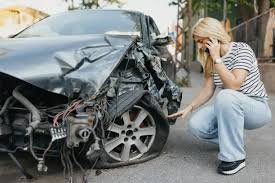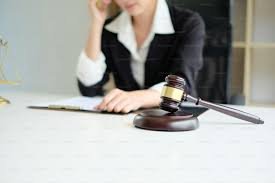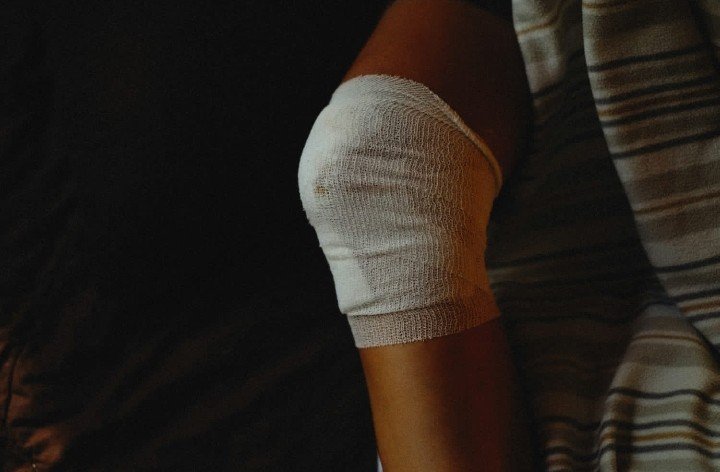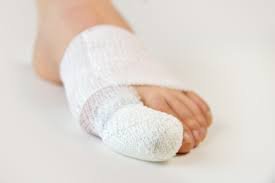An Inside Look at the Recovery Process For a Leg Injury
Recovering from a leg injury can be a challenging and often lengthy process that requires patience, dedication, and proper care. Whether you’ve experienced a fracture, sprain, or muscle strain, the road to recovery involves several stages, from initial treatment and rehabilitation to regaining strength and mobility. This article will take an inside look at the recovery process for a leg injury, exploring the various stages, treatments, and strategies to help you heal and return to normal function.
1. Initial Treatment and Assessment
The first step in the recovery process for a leg injury is receiving prompt and appropriate medical treatment. Depending on the severity of the injury, this can involve immobilization, pain management, and diagnostic tests such as X-rays or MRI scans to assess the extent of the damage. Your healthcare provider will develop a treatment plan tailored to your specific injury, which can include rest, ice, compression, and elevation (RICE), as well as the use of crutches, braces, or splints to support and protect the injured leg. Sprained Toe Treatment
2. Rehabilitation and Physical Therapy
Rehabilitation and physical therapy play pivotal roles in the recovery process for leg injuries, offering patients comprehensive care and support to regain strength and mobility.Orthopedics specialists are instrumental in designing personalized rehabilitation programs tailored to individual needs, focusing on restoring function and preventing future complications. Through targeted exercises, stretching routines, and specialized treatments, patients can gradually improve muscle tone, joint stability, and range of motion in the affected leg. Additionally, professionals monitor progress closely, adjusting therapy plans as necessary to optimize outcomes and promote a full return to daily activities. By prioritizing rehabilitation and physical therapy under the guidance of experts, individuals recovering from leg injuries can enhance their recovery trajectory and regain independence with confidence.
3. Gradual Return to Activity
Your healthcare professional will assist you through a gradual return to exercise and regular daily function while your leg continues to heal and strengthen. This will be done in conjunction with their guidance. This might comprise a gradual transition from easy exercises to more difficult activities, such as walking, running, and finally, movements that are particular to the activity being practiced. When making progress, it is crucial to pay attention to your body and move at a rate that is both comfortable and safe. Additionally, you should avoid engaging in activities that cause pain or discomfort. Modifications to your routine or the use of supporting equipment can also be suggested by your healthcare professional to reduce the likelihood of you experiencing another injury.
4. Monitoring and Follow-Up Care
Throughout the rehabilitation process, it is vital to have follow-up care and frequent monitoring to keep track of your progress, address any concerns or setbacks that can arise, and make any necessary modifications to your treatment plan. Attend every visit that has been planned with your healthcare physician and physical therapist, and maintain an open line of communication on any changes in your symptoms or capabilities. To maximize the effectiveness of your recovery, it is important to take the initiative to adhere to your rehabilitation program and to follow any instructions for home exercises that your therapist can prescribe. Sinus Tarsi
5. Long-Term Maintenance and Injury Prevention
Even after you’ve completed formal rehabilitation and returned to your normal activities, it’s crucial to continue with long-term maintenance and injury prevention strategies to keep your leg strong and healthy. This can include incorporating ongoing strength and flexibility exercises into your regular fitness routine, maintaining a healthy body weight, and practicing proper warm-up and cool-down techniques before and after physical activity. Additionally, be mindful of any risk factors or activities that could predispose you to future leg injuries and take proactive steps to minimize these risks. Two Wheels, One Law
Conclusion
Recovering from a leg injury requires a comprehensive and multi-faceted approach, encompassing initial treatment, rehabilitation, gradual return to activity, monitoring, and long-term maintenance. By following a structured treatment plan, working closely with your healthcare team, and being patient and consistent with your rehabilitation efforts, you can maximize your recovery outcomes and regain the full function of your injured leg. Remember to listen to your body, stay positive, and celebrate each milestone along the way as you progress toward a full and successful recovery.







